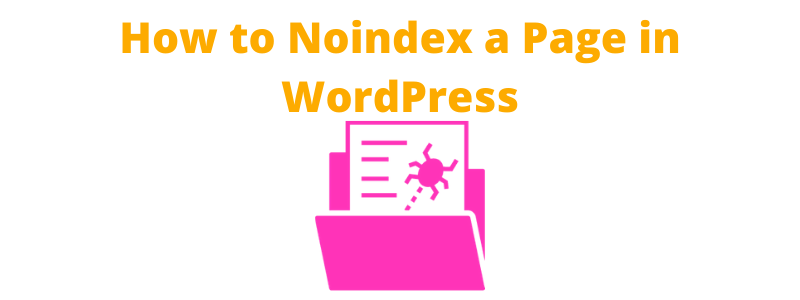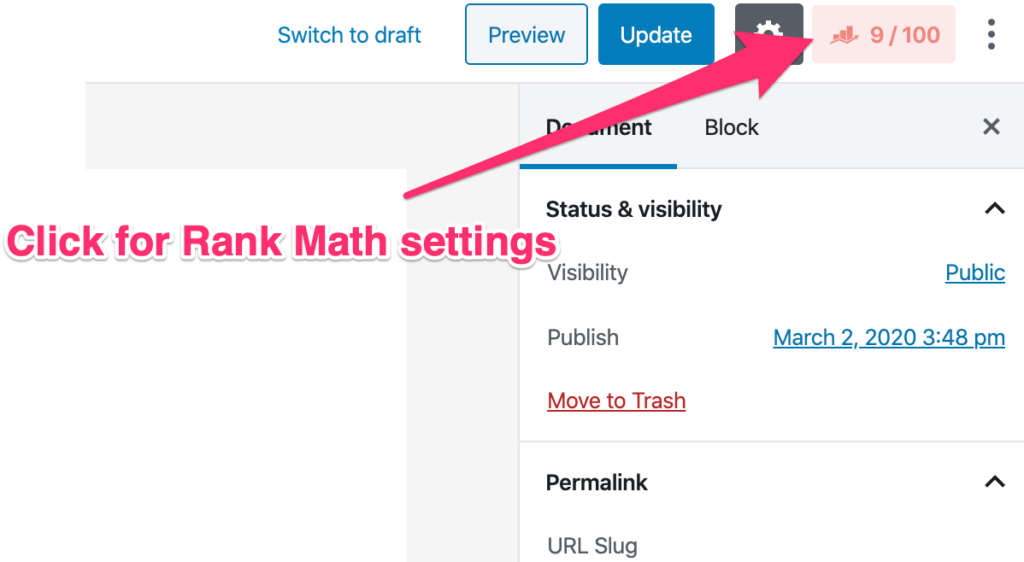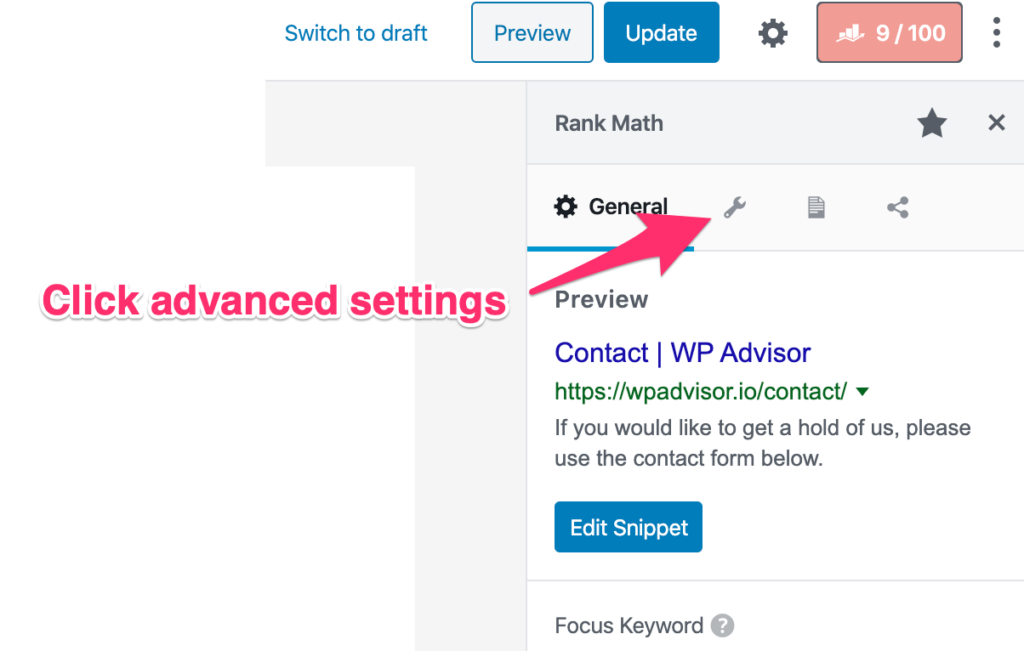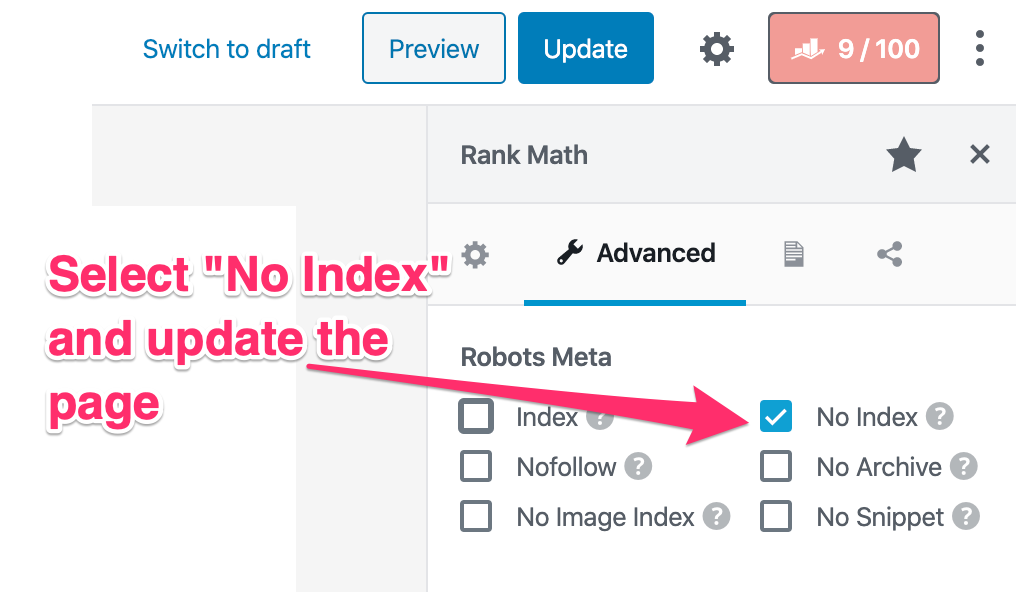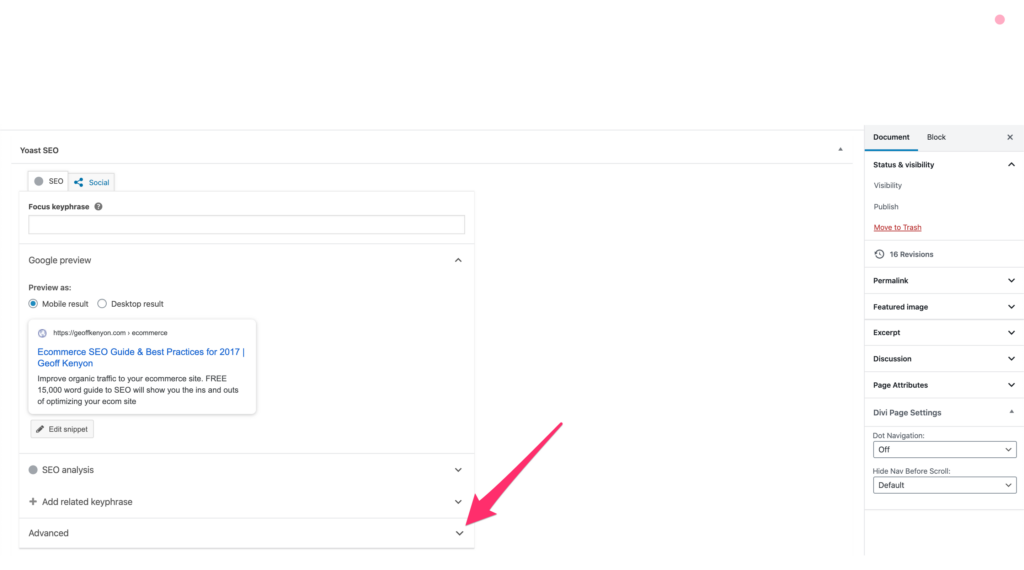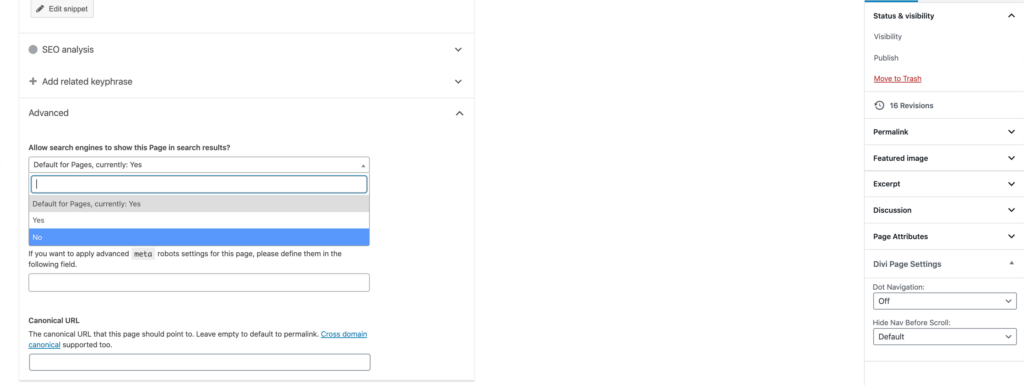What is the Noindex tag?
First, let’s start with what is the metra robots noindex tag. Simply put, this tag tells Google and other search engines to not index and rank a webpage. It is also the only tag you can use to remove a page from Google’s index – maybe people trying to use robots.txt for this, but that does not This small line of code goes in the <head> section of the website and easily goes un-noticed by end users. You can only detect the meta robots noindex command if you pull up the source code for a webpage.
<meta name="robots" content="noindex">Why Noindex a Page?
The noindex command can be used to prevent a page from showing up in Google or to remove a page that is already indexed from Google. The meta robots noindex will not prevent Google from crawling a page though – the robots.txt file is the only tool to prevent crawling. Some specific examples where you might want to noindex a page in WordPress could be:
- A page from your site has personal contact information that you don’t want people to find
- A page has private or member only content that you don’t want to show up in Google
- A page is showing up in Google as a site link in Google and you’d prefer it was not there
- If you have a lot of “thin content” or “low quality” content pages, noindexing these pages could help your other pages improve SEO performance
How to Noindex a Page in WordPress
Typically, you’ll need to use a plugin to noindex a page in WordPress – most often, you’ll do this through an SEO plugin such as Rank Math or Yoast SEO. These plugins allow you to noindex individual pages in WordPress as well as noindex page types such as categories, tags, author pages, pagination, etc.
Plugins to Noindex a WordPress Page
Below, we’ll dive into how to noindex a WordPress page with some of the most popular SEO plugins:
Rank Math
Rank Math is a relatively new SEO plugin (compared to the competition), but it has very robust capabilities allowing – many features are similar to other SEO plugin tools, such as customizing meta data, adding structured data to posts, setting index / noindex, creating xml sitemaps, editing robots.txt and the .htaccess file. Rank Math also includes some functionality in their free plugin that is typically only included in paid plugins such as setting up redirects and monitoring 404 errors.
